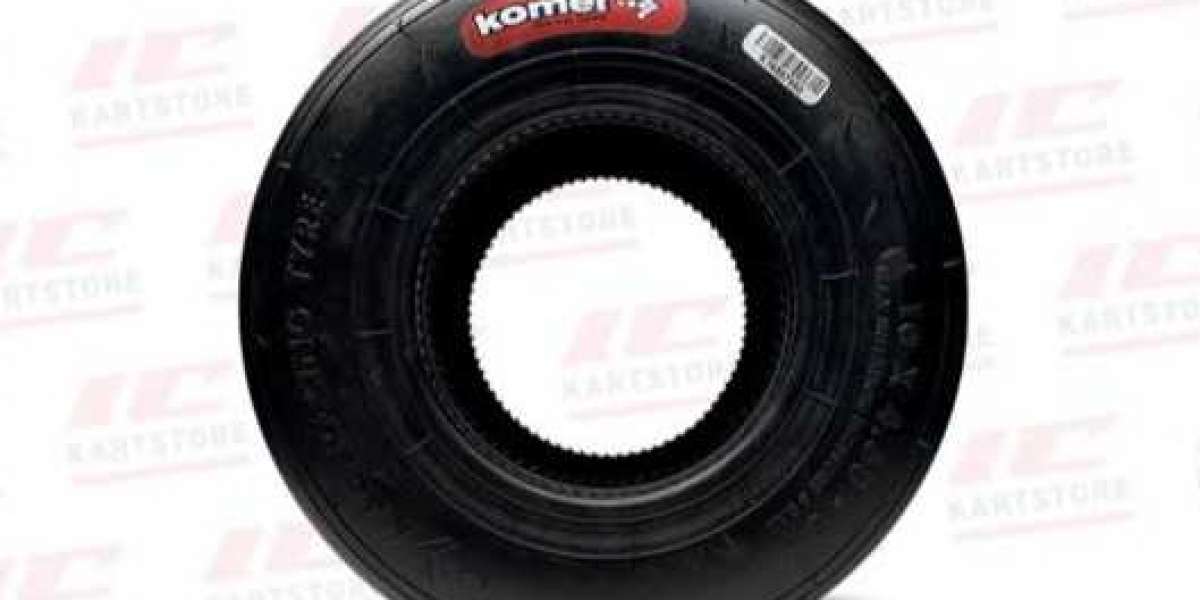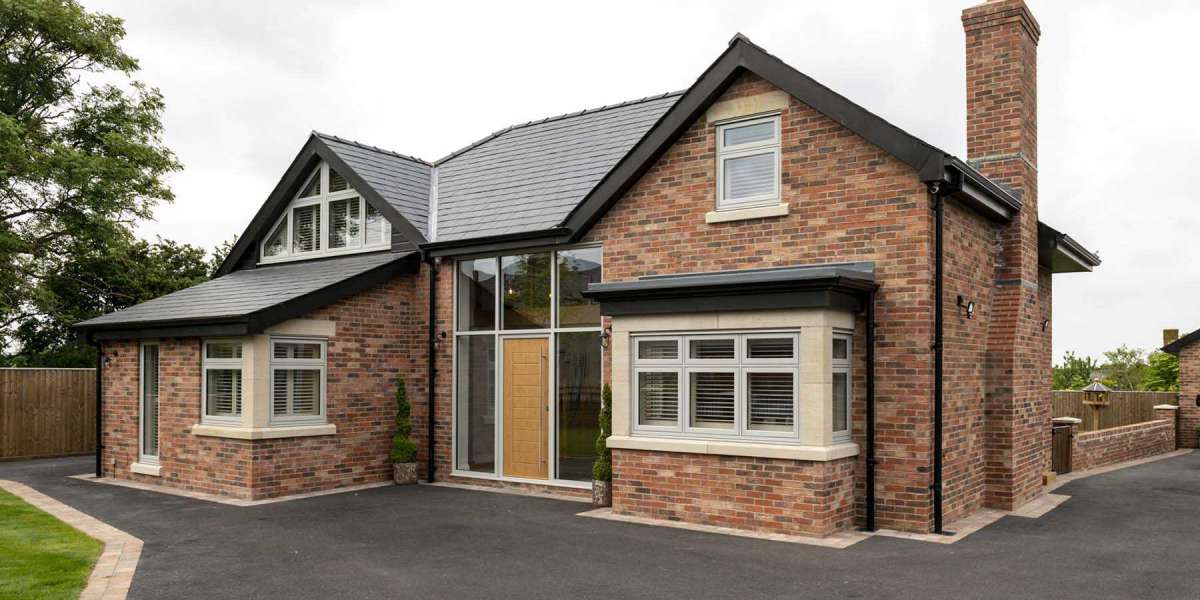When it comes to optimizing kart performance, tyre pressure is one of the most critical—yet often overlooked—factors. Whether you're a casual weekend racer or a competitive karting enthusiast, understanding how kart tyre pressure impacts your kart's grip, handling, and overall efficiency can make a substantial difference on the track. In this guide, we’ll explore how tyre pressure affects kart performance and offer practical tips on how to get it right.
Why Tyre Pressure Matters in Kart Racing
Tyre pressure determines how the kart tyres make contact with the track surface. This contact patch affects traction, cornering stability, braking, and acceleration. When pressure is too high or too low, it alters the shape and performance of the tyre, resulting in reduced grip and inconsistent handling.
Unlike full-sized racing vehicles, karts lack suspension systems. This means the tyres play a crucial role not only in grip but also in absorbing track irregularities. Maintaining optimal tyre pressure ensures that your kart maintains the correct balance between stiffness and flexibility, enabling better control and responsiveness.
Effects of High Tyre Pressure
Running kart tyres at a higher pressure than recommended can lead to:
- Reduced grip: A smaller contact patch reduces traction, especially in corners.
- Increased wear in the center: Excessive inflation causes the tyre to bulge in the middle, leading to uneven wear patterns.
- Harsher ride: Higher pressure reduces the tyre’s ability to absorb bumps and vibrations.
- Higher tyre temperature: Increased friction can lead to overheating, causing the rubber compound to degrade faster.
High tyre pressures may be used in wet conditions where reduced grip is expected, but even then, this must be carefully managed based on ambient temperature and track surface.
Effects of Low Tyre Pressure
On the other hand, underinflated kart tyres can cause:
- Larger contact patch: While this can increase grip temporarily, it also leads to excessive tyre flex.
- Overheating sidewalls: Too much flex can overwork the tyre's sidewalls, reducing structural integrity.
- Sluggish response: Low pressure results in delayed feedback from the steering system.
- Premature wear on edges: The outer edges of the tyre may degrade faster, especially during hard cornering.
Lower pressures may be beneficial in cold conditions to help the tyre warm up quicker, but going too low can compromise performance and safety.
Finding the Ideal Tyre Pressure
The ideal tyre pressure for kart tyres varies based on several factors:
- Track conditions: Dry tracks generally require lower pressures for grip, while wet surfaces may benefit from slightly higher pressures to avoid aquaplaning.
- Ambient temperature: On hot days, tyres heat up faster and may need lower starting pressures to avoid overheating. In cooler temperatures, higher starting pressures may be necessary.
- Tyre compound: Softer compounds may require different pressures compared to harder ones due to how they heat up and wear.
- Kart weight and setup: Heavier karts generate more heat and pressure inside the tyre during a race, which must be accounted for in starting pressure.
Generally, the recommended starting pressure for most racing kart tyres is between 10 to 15 PSI (pounds per square inch). However, this is just a baseline, and fine-tuning is essential.
Hot vs. Cold Tyre Pressure
It's important to distinguish between cold pressure (measured before running) and hot pressure (measured immediately after driving). As kart tyres heat up during a session, the air inside expands, increasing the pressure—often by 2 to 4 PSI or more depending on conditions.
Top drivers and teams typically:
- Measure and record cold pressures before the session.
- Measure hot pressures immediately after a few laps.
- Use the data to adjust their starting (cold) pressures for the next session, ensuring they hit the optimal hot pressure range during racing.
Consistency in this process helps maintain predictable performance throughout practice and competitive heats.
How to Measure and Adjust Tyre Pressure Accurately
To accurately manage your kart tyres, follow these best practices:
- Use a high-quality pressure gauge: Digital gauges are preferred for accuracy down to tenths of a PSI.
- Check pressure when tyres are cold and hot: This helps you understand pressure gain from heat buildup.
- Adjust in small increments: Even 0.5 PSI can have a noticeable effect on kart handling.
- Log your readings: Maintain a tyre pressure journal with notes on conditions, lap times, and performance.
Regularly calibrate your pressure gauge and inspect valves and stems for leaks to ensure reliable readings.
Conclusion: Precision Leads to Performance
In kart racing, small changes can make a big difference. Tyre pressure directly affects grip, tyre wear, and lap consistency. Whether you're fine-tuning for race day or just learning the ropes, investing time in understanding your kart tyres’ behavior under different conditions will improve your results on track. For accurate equipment, race-day supplies, and professional advice, consider visiting a karting shop like IC Kartstore that specializes in performance tyres and racing accessories. The right tools and expertise can help you stay competitive and safe at every corner.







